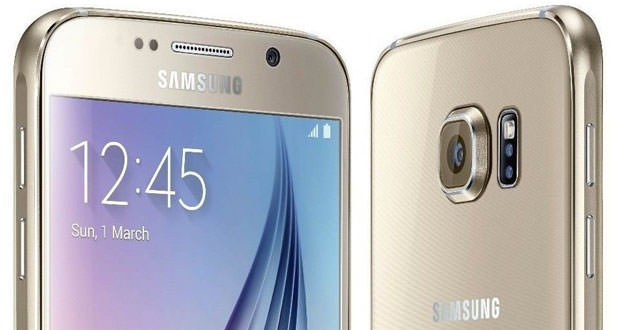The South Korean giant has failed to perceive the success we have had the new top of the range, and is now forced to speed up production.
Samsung may have problems in responding to market demands for new Galaxy S6 and Galaxy S6 Edge. According to reports from Reuters, the company stated that the demand on the new smartphone is ” much higher ” than expected. The two devices are on the market since last Friday, and in some countries, although Samsung has not yet announced the exact figures, the first estimates that about 20 million of pre-orders received in the weeks prior to the release.
To bring these numbers was Korea Times, citing a source inside: ” The two new phones are catching an impressive response from the audience. Samsung aims to realistically deliver 10 million devices in the first 26 days of the global launch. ” In other words, Samsung has underestimated the success of the new top of the range, thanks to new structural changes, managed to involve many more users to launch than their predecessors.
JK Shin, CEO of Samsung, admitted the error, but also the poor yields of the model dual-edge, undoubtedly the most interesting part of the line-up of the Korean manufacturer. Last week stated that the company is currently not able to meet the demand for the model Edge blaming their difficulties in production of the screen with the double curve: ” Although there will be difficulties in the short term, we will do possible to ensure adequate supplies for our users around the world, ” the company had revealed to Reuters.
The success of the new generation of smartphones is undoubtedly good news for Samsung. The Koreans have reported a series of disappointing results on the economic front in recent quarters, mainly due to aggressive marketing strategies of the growing competition from China. It has dealt a blow to the quarters of Samsung also with the new Apple iPhone 6 and 6 plus, whose larger displays have ensured the giant ” enemy ” quite successful even in the Asian market.
While Apple took to the field with larger devices, the other Samsung has had to abandon the use of polycarbonate, offering its customers devices with the most elegant and refined finishing. It is in both cases the correction of deficiency’s historical part of the two competitors, which for long periods have established a different modus operandi. For this generation, the differences between the two competitors by definition of the smartphone sector have thinned, with the two producers were forced to respond to criticism of its customers.


